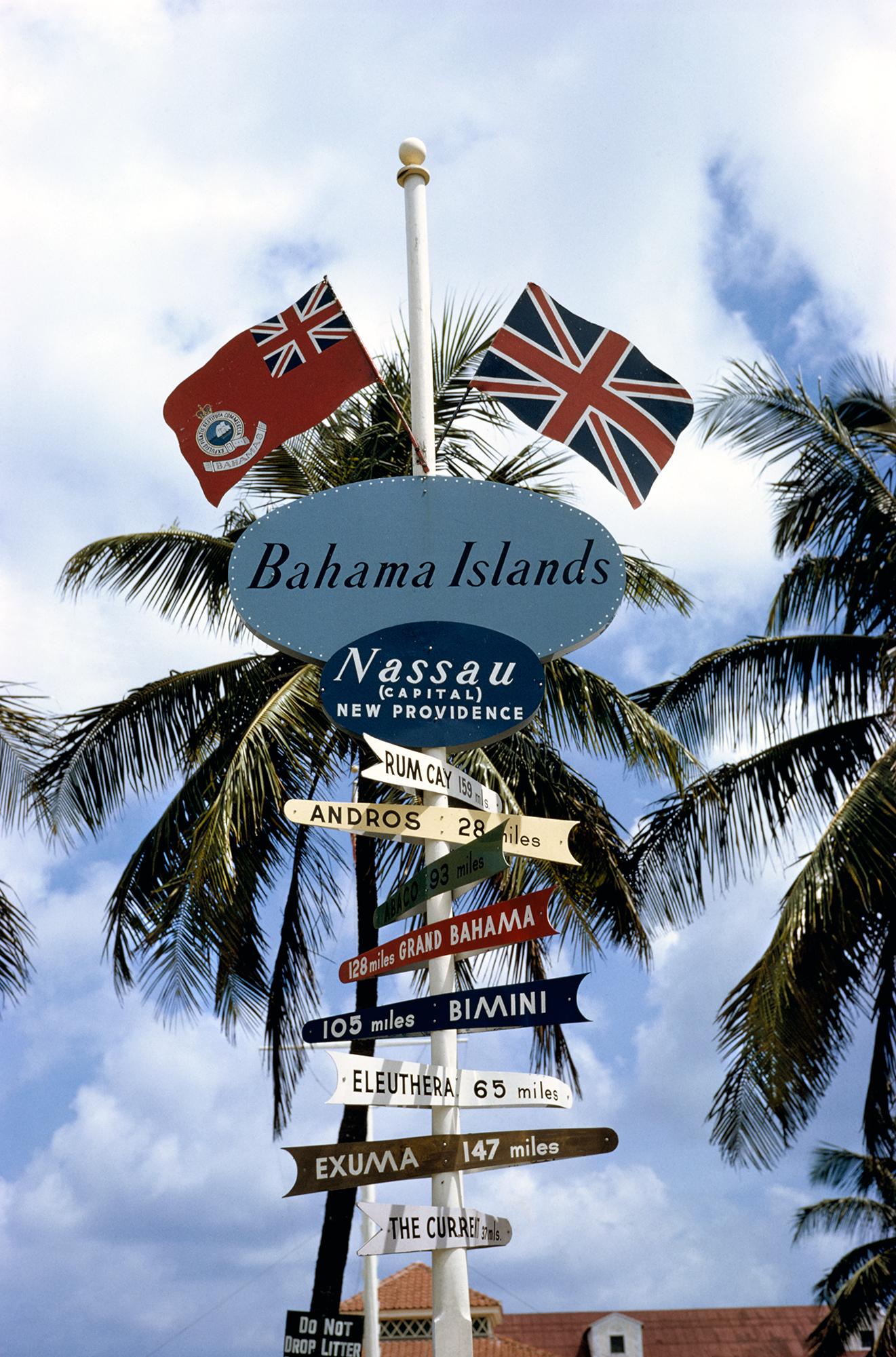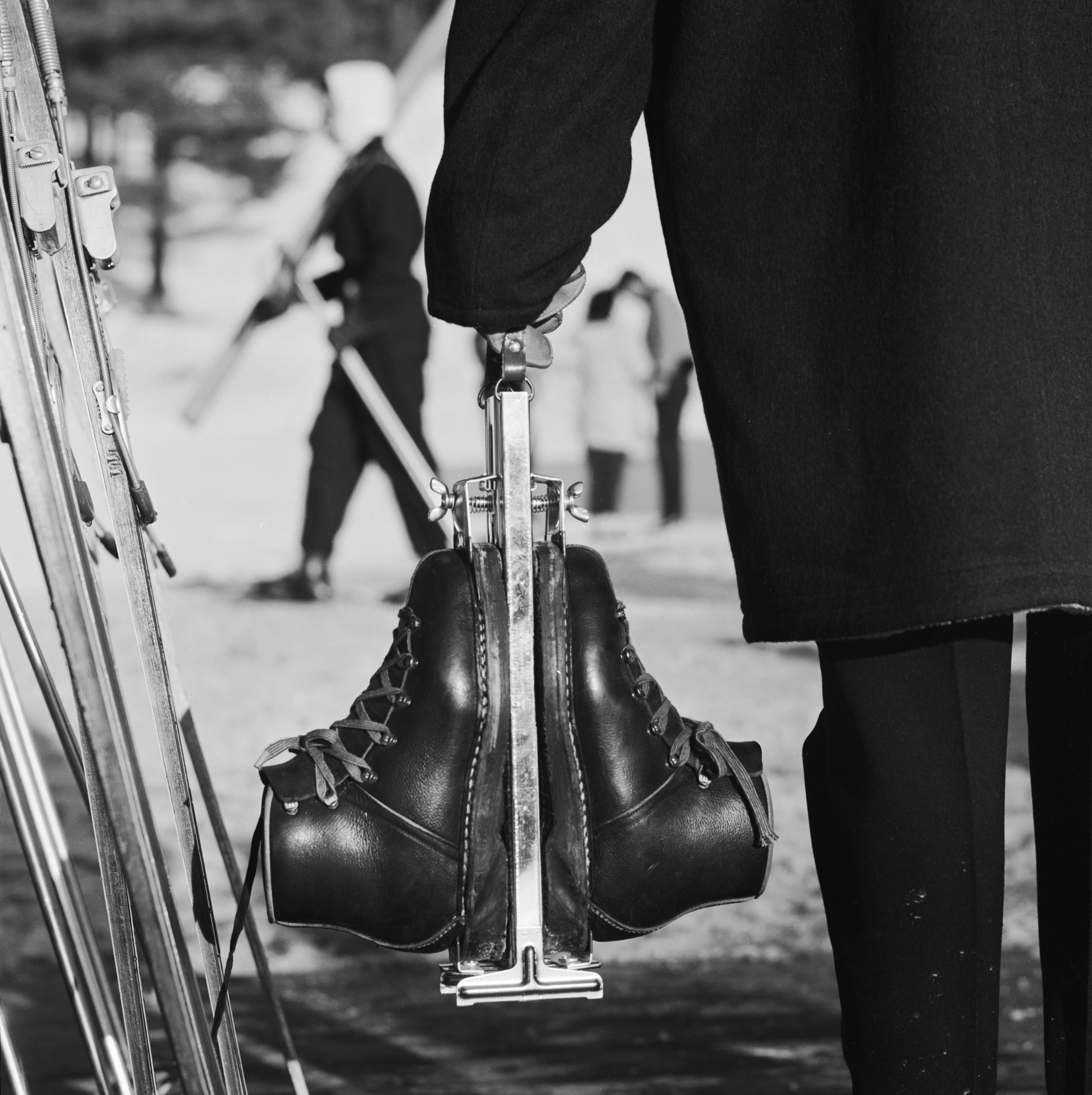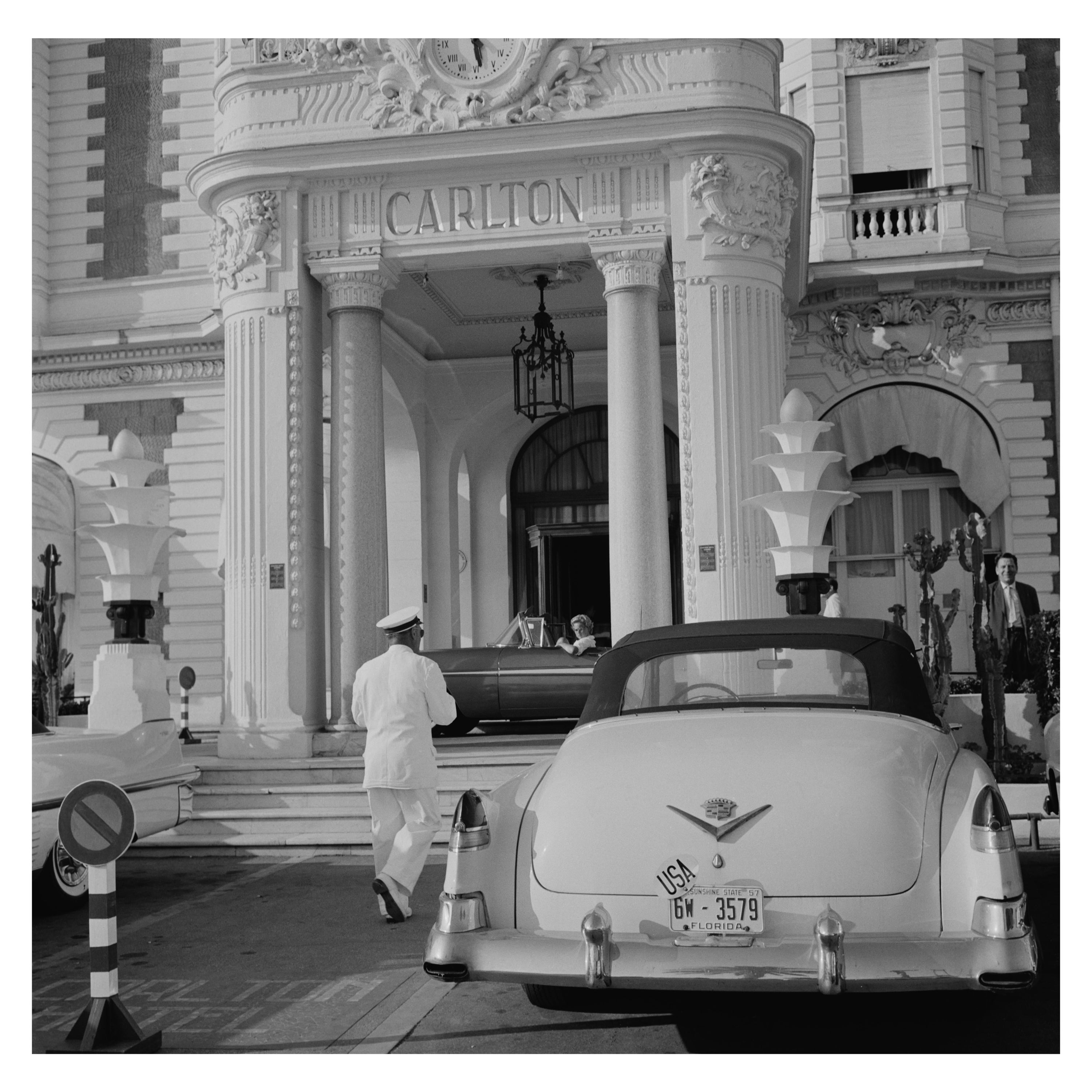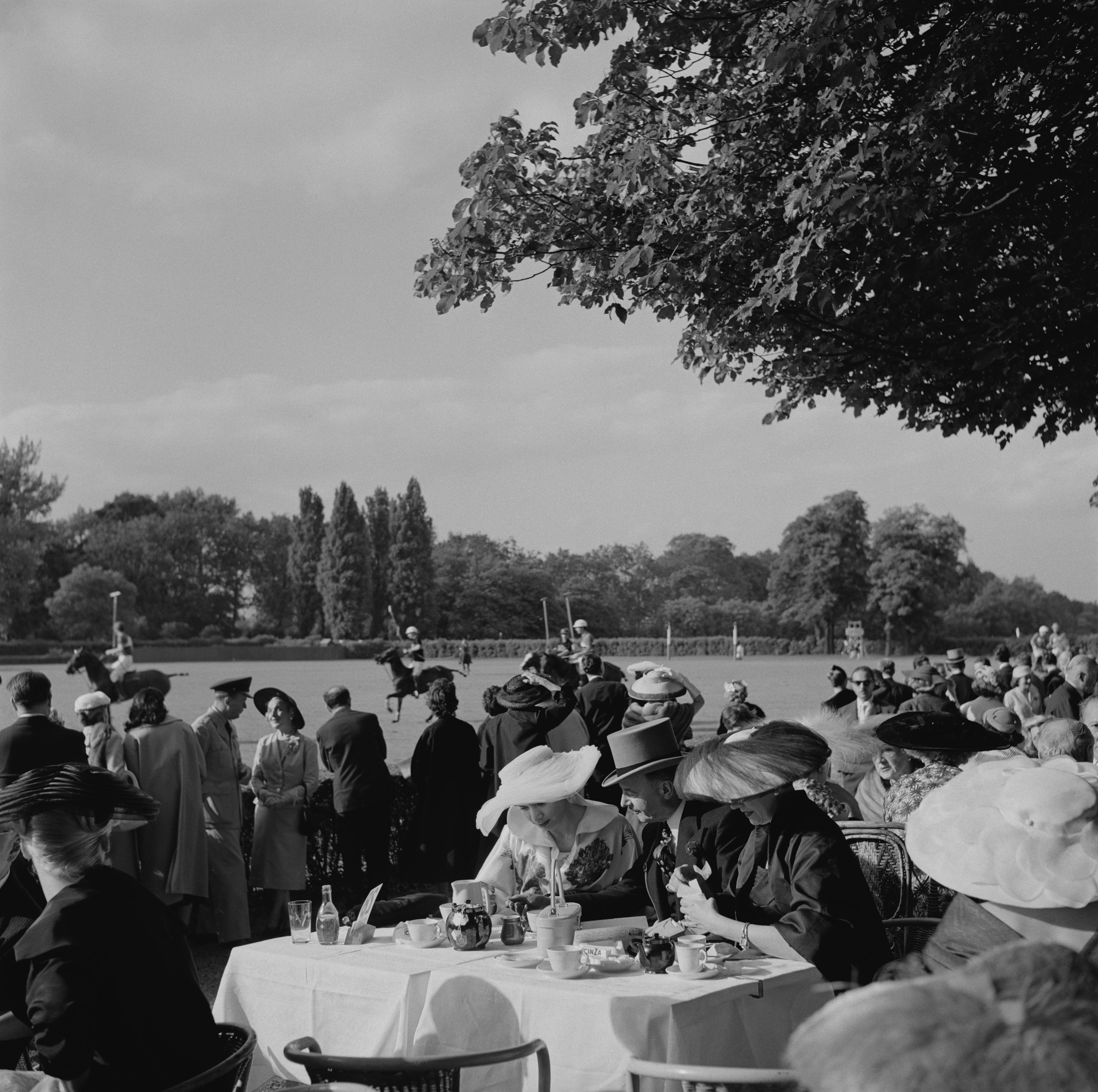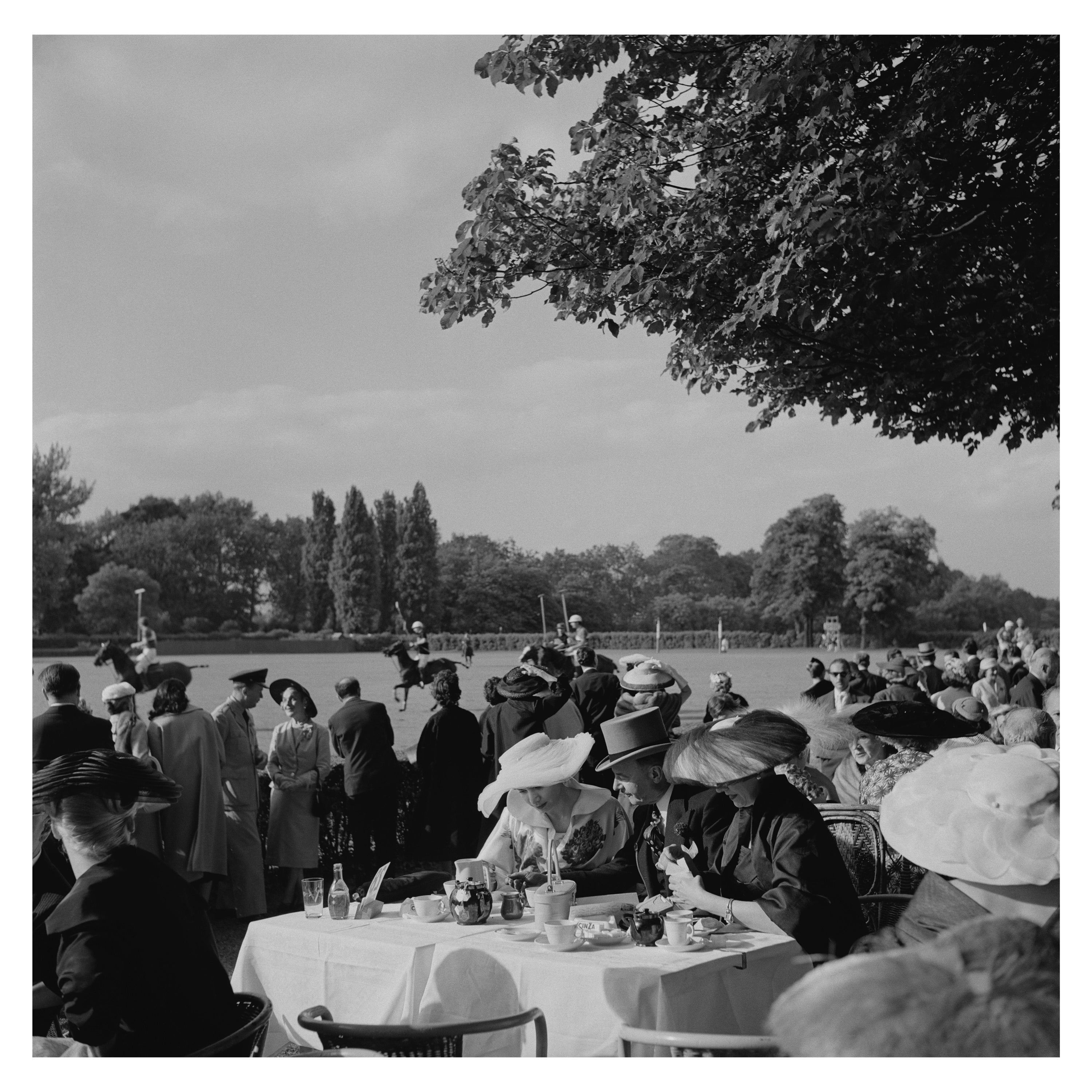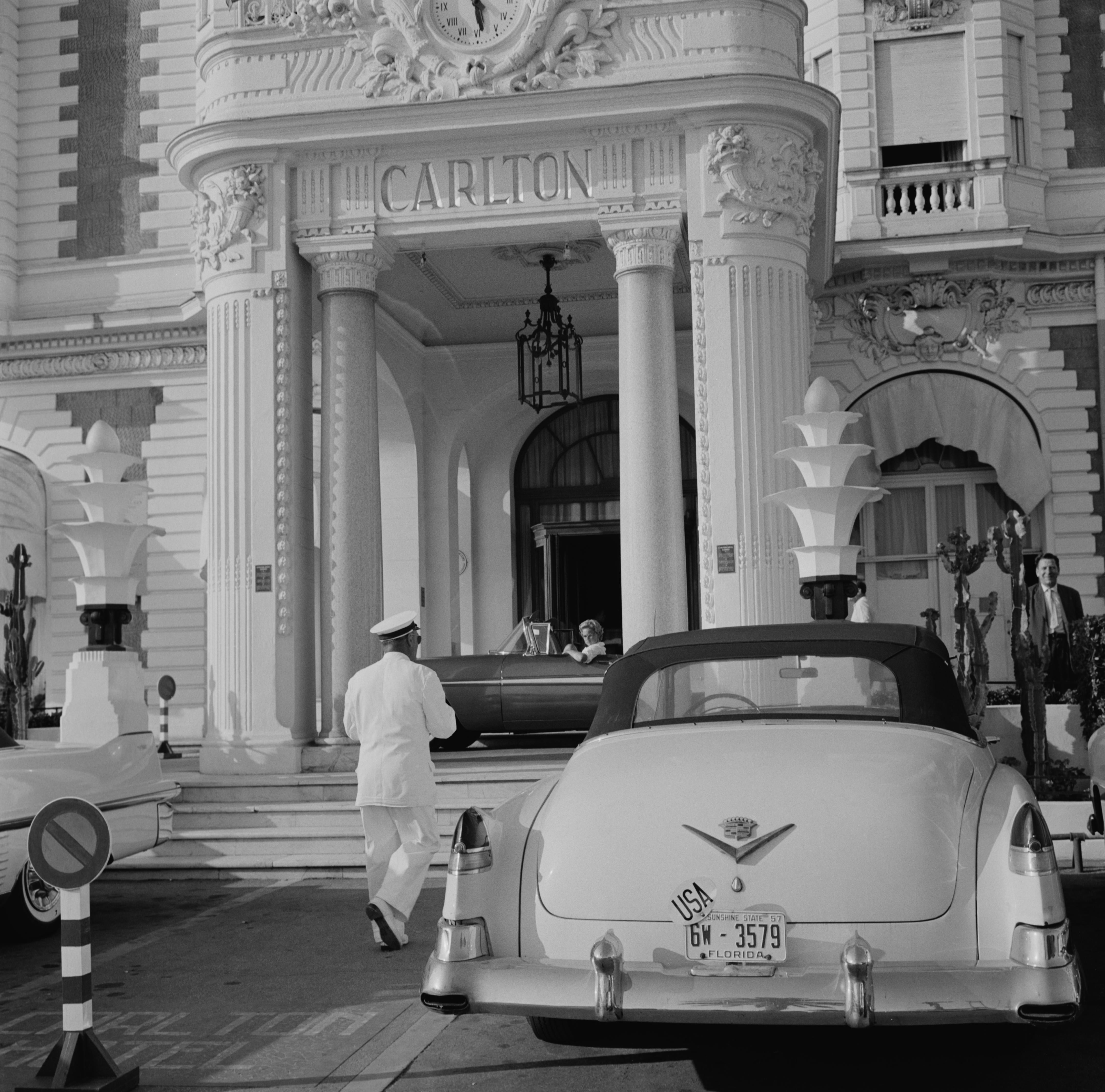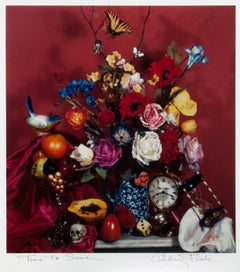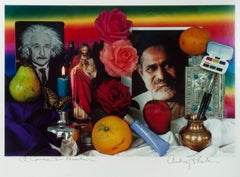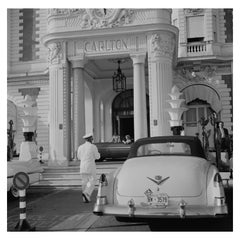
No. 372 Low Sweet Blueberry
View Similar Items
Want more images or videos?
Request additional images or videos from the seller
1 of 6
Edwin Hale LincolnNo. 372 Low Sweet Blueberry1914
1914
About the Item
- Creator:Edwin Hale Lincoln (1848 - 1938, American)
- Creation Year:1914
- Dimensions:Height: 9.25 in (23.5 cm)Width: 7.38 in (18.75 cm)
- Medium:
- Movement & Style:
- Period:1910-1919
- Condition:
- Gallery Location:Fairlawn, OH
- Reference Number:Seller: FA100821stDibs: LU14010226972
About the Seller
5.0
Recognized Seller
These prestigious sellers are industry leaders and represent the highest echelon for item quality and design.
Platinum Seller
These expertly vetted sellers are 1stDibs' most experienced sellers and are rated highest by our customers.
Established in 1978
1stDibs seller since 2013
711 sales on 1stDibs
Typical response time: 1 hour
Associations
International Fine Print Dealers Association
More From This SellerView All
- Time to SaveBy Audrey FlackLocated in Fairlawn, OHTime to Save From: 12 Photographs: 1973-1983, Plate 8 of 12 Dye transfer photograph, 1979 Signed in ink Edition: 50, this example an Artist's Proof (7/10) Printer: Guy Stricherz Pu...Category
1970s Photorealist Still-life Photography
MaterialsDye Transfer
- A Course in MiraclesBy Audrey FlackLocated in Fairlawn, OHA Course in Miracles Dye transfer photograph, 1978 From: 12 Photographs: 1973-1983, Plate 7 of 12 Signed in ink Edition: 50, this example an Artist's Proof (7/10) Printer: Guy Stri...Category
1970s Photorealist Still-life Photography
MaterialsDye Transfer
- The Hold Up, First StateBy George Wesley BellowsLocated in Fairlawn, OHSigned in pencil by the artist lower right Titled "Hold Up" by the artist in pencil. Signed by the printer Bolton Brown lower left. Edition: 42 in this state Note: In The Hold Up, se...Category
1920s American Realist Figurative Prints
MaterialsLithograph
- Standing Female NudeBy Paul CadmusLocated in Fairlawn, OHStanding Female Nude Colored chalks on tan Strathmore paper, c. 1975 Signed in chalk upper right (see photo) Condition: Excellent Housed in an 8 play acid free rag matting S...Category
1970s American Realist Nude Drawings and Watercolors
MaterialsChalk
- Eileen LakeBy Adolf Arthur DehnLocated in Fairlawn, OHEileen Lake Crayon on paper, early1930's Initialed in pencil lower right (see photo) Titled and annotated verso "Eileen Lake, early 1930s girlfriend" Note: Eileen Hall Lake was an American poet and Adolf Dehn's girlfriend in the early 1930s. Provenance: Estate of the artist By descent Adolf Dehn, American Watercolorist and Printmaker, 1895-1968 Adolf Dehn was an artist who achieved extraordinary artistic heights, but in a very particular artistic sphere—not so much in oil painting as in watercolor and lithography. Long recognized as a master by serious print collectors, he is gradually gaining recognition as a notable and influential figure in the overall history of American art. In the 19th century, with the invention of the rotary press, which made possible enormous print runs, and the development of the popular, mass-market magazines, newspaper and magazine illustration developed into an artistic realm of its own, often surprisingly divorced from the world of museums and art exhibitions, and today remains surprisingly overlooked by most art historians. Dehn in many regards was an outgrowth of this world, although in an unusual way, since as a young man he produced most of his illustrative work not for popular magazines, such as The Saturday Evening Post, but rather for radical journals, such as The Masses or The Liberator, or artistic “little magazines” such as The Dial. This background established the foundation of his outlook, and led later to his unique and distinctive contribution to American graphic art. If there’s a distinctive quality to his work, it was his skill in introducing unusual tonal and textural effects into his work, particularly in printmaking but also in watercolor. Jackson Pollock seems to have been one of many notable artists who were influenced by his techniques. Early Years, 1895-1922 For an artist largely remembered for scenes of Vienna and Paris, Adolf Dehn’s background was a surprising one. Born in Waterville, Minnesota, on November 22, 1895, Dehn was the descendent of farmers who had emigrated from Germany and homesteaded in the region, initially in a one-room log cabin with a dirt floor. Adolf’s father, Arthur Clark Dehn, was a hunter and trapper who took pride that he had no boss but himself, and who had little use for art. Indeed, during Adolf’s boyhood the walls of his bedroom and the space under his bed were filled with the pelts of mink, muskrats and skunks that his father had killed, skinned and stretched on drying boards. It was Adolf’s mother, Emilie Haas Dehn, a faithful member of the German Lutheran Evangelical Church, who encouraged his interest in art, which became apparent early in childhood. Both parents were ardent socialists, and supporters of Eugene Debs. In many ways Dehn’s later artistic achievement was clearly a reaction against the grinding rural poverty of his childhood. After graduating from high school in 1914 at the age of 19—an age not unusual in farming communities at the time, where school attendance was often irregular—Dehn attended the Minneapolis School of Art from 1914 to 1917, whose character followed strongly reflected that of its director, Munich-trained Robert Kohler, an artistic conservative but a social radical. There Dehn joined a group of students who went on to nationally significant careers, including Wanda Gag (later author of best-selling children’s books); John Flanagan (a sculptor notable for his use of direct carving) Harry Gottlieb (a notable social realist and member of the Woodstock Art Colony), Elizabeth Olds (a printmaker and administrator for the WPA), Arnold Blanch (landscape, still-life and figure painter, and member of the Woodstock group), Lucille Lunquist, later Lucille Blanch (also a gifted painter and founder of the Woodstock art colony), and Johan Egilrud (who stayed in Minneapolis and became a journalist and poet). Adolf became particularly close to Wanda Gag (1893-1946), with whom he established an intense but platonic relationship. Two years older than he, Gag was the daughter of a Bohemian artist and decorator, Anton Gag, who had died in 1908. After her husband died, Wanda’s mother, Lizzi Gag, became a helpless invalid, so Wanda was entrusted with the task of raising and financially supporting her six younger siblings. This endowed her with toughness and an independent streak, but nonetheless, when she met Dehn, Wanda was Victorian and conventional in her artistic taste and social values. Dehn was more socially radical, and introduced her to radical ideas about politics and free love, as well as to socialist publications such as The Masses and The Appeal to Reason. Never very interested in oil painting, in Minneapolis Dehn focused on caricature and illustration--often of a humorous or politically radical character. In 1917 both Dehn and Wanda won scholarships to attend the Art Students League, and consequently, in the fall of that year both moved to New York. Dehn’s art education, however, ended in the summer of 1918, shortly after the United States entered World War I, when he was drafted to serve in the U. S. Army. Unwilling to fight, he applied for status as a conscientious objector, but was first imprisoned, then segregated in semi-imprisonment with other Pacifists, until the war ended. The abuse he suffered at this time may well explain his later withdrawal from taking political stands or making art of an overtly political nature. After his release from the army, Dehn returned to New York where he fell under the spell of the radical cartoonist Boardman Robinson and produced his first lithographs. He also finally consummated his sexual relationship with Wanda Gag. The Years in Europe: 1922-1929 In September of 1921, however, he abruptly departed for Europe, arriving in Paris and then moving on to Vienna. There in the winter of 1922 he fell in love with a Russian dancer, Mura Zipperovitch, ending his seven-year relationship with Wanda Gag. He and Mura were married in 1926. It was also in Vienna that he produced his first notable artistic work. Influenced by European artists such as Jules Pascin and Georg Grosz, Dehn began producing drawings of people in cafes, streets, and parks, which while mostly executed in his studio, were based on spontaneous life studies and have an expressive, sometimes almost childishly wandering quality of line. The mixture of sophistication and naiveté in these drawings was new to American audiences, as was the raciness of their subject matter, which often featured pleasure-seekers, prostitutes or scenes of sexual dalliance, presented with a strong element of caricature. Some of these drawings contain an element of social criticism, reminiscent of that found in the work of George Grosz, although Dehn’s work tended to focus on humorous commentary rather than savagely attacking his subjects or making a partisan political statement. Many Americans, including some who had originally been supporters of Dehn such as Boardman Robinson, were shocked by these European drawings, although George Grocz (who became a friend of the artist in this period) admired them, and recognized that Dehn could also bring a new vision to America subject matter. As he told Dehn: “You will do things in America which haven’t been done, which need to be done, which only you can do—as far at least as I know America.” A key factor in Dehn’s artistic evolution at this time was his association with Scofield Thayer...Category
1930s American Realist Figurative Drawings and Watercolors
MaterialsOil Crayon
- Tug Boat in New York HarborBy Reginald MarshLocated in Fairlawn, OHTug Boat in New York Harbor Screen print, c. 1942 Signed in the screen lower right (see photo) Condition: Excellent Image size: 16 x 20 inches Published by Li...Category
1940s American Realist Prints and Multiples
MaterialsScreen
You May Also Like
- Bahamas Signpost, Estate Edition (Nassau, Rum Cay, Andros, Abaco, Bimini, Exuma)By Slim AaronsLocated in Los Angeles, CAA signpost in Nassau points the way to Rum Cay, Andros, Abaco, Grand Bahama, Bimini, Eleuthera, Exuma and the Current, May 1964. Slim Aarons Bahamas Signpost Chromogenic Lambda print Slim Aarons Estate Edition Printed Later Complimentary dealer shipping to your framer, worldwide. 40 x 30 inches $3350 30 x 20 inches $3000 20 x 16 inches $2500 Complimentary dealer shipping to your framer, worldwide. Over the course of a career lasting half a century, Slim Aarons (1916-2006) portrayed high society, aristocracy, authors, artists, business icons, the celebrated and their milieu. In doing so, he captured a golden age of wealth, privilege, beauty and leisure that occurred alongside—but quite separate from—the cultural and political backdrop of the second half of the Twentieth Century. The Slim Aarons Estate has released the limited Estate edition as a Lambda print, which is a modern c-type prints. They have chosen Lambda prints for their sharpness, clarity, colour saturation and quality, compared to archival inkjet prints. Lambda printing gives true continuous tone. Photograph is unframed Slide show includes a close-up of the Slim Aarons estate's stamp. Collector will get the next number in the edition * We are pleased to offer the entire archive of the Slim Aarons Estate, offering the official Slim Aarons Estate Edition (only offered in this edition of 150). Internal: Rum Cay, Andros, Abaco, Grand Bahama, Bimini, Eleuthera, Exuma and the Current, vintage Bahamas...Category
1960s American Realist Still-life Photography
MaterialsLambda
- New England SkiingBy Slim AaronsLocated in Los Angeles, CAA skier carrying his boots in New Hampshire, 1955. New England Skiing Black and White Photography Slim Aarons Estate Edition Numbered and stamped by the Slim Aarons Estate. Certific...Category
1950s American Realist Black and White Photography
MaterialsDigital, Photogram, Emulsion, Photographic Paper, ABS, Black and White
- The Carlton HotelBy Slim AaronsLocated in Los Angeles, CAA Cadillac with Florida plates parked outside the Carlton Hotel, Cannes, France, circa 1955. The Carlton Hotel Black and White Photography Slim Aarons E...Category
1950s American Realist Black and White Photography
MaterialsEmulsion, Photographic Paper, ABS, Black and White, Digital, Photogram
- New England SkiingBy Slim AaronsLocated in Los Angeles, CAA skier carrying his boots in New Hampshire, 1955. New England Skiing Black and White Photography Slim Aarons Estate Edition Numbered and stamped b...Category
1950s American Realist Black and White Photography
MaterialsEmulsion, Photographic Paper, ABS, Black and White, Digital, Photogram
- French Polo CrowdBy Slim AaronsLocated in Los Angeles, CAA group of spectators at a polo match, France, circa 1950. Slim Aarons French Polo Crowd Black and White Photography Slim Aarons Estate Edition Numbered and stamped by the Slim Aaro...Category
1950s American Realist Black and White Photography
MaterialsPhotographic Paper, ABS, Black and White, Digital, Photogram, Emulsion
- French Polo CrowdBy Slim AaronsLocated in Los Angeles, CAA group of spectators at a polo match, France, circa 1950. Slim Aarons French Polo Crowd Black and White Photography Slim Aarons Estate Edition Numbered and stamped by the Slim Aaro...Category
1950s American Realist Black and White Photography
MaterialsABS, Black and White, Digital, Photogram, Emulsion, Photographic Paper
